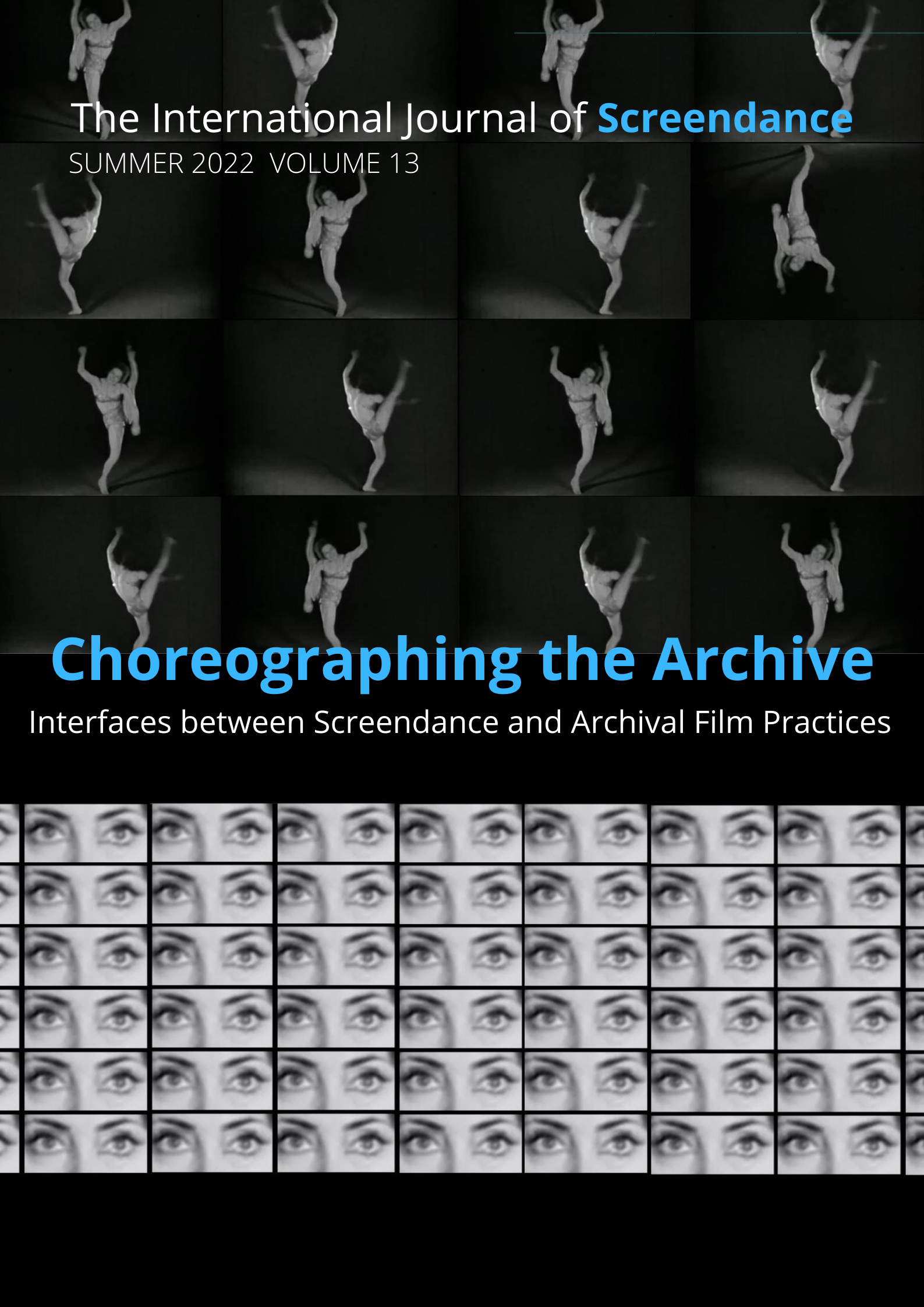Techniques Developed in Early Cinema to Edit and Choreograph Unscripted Footage
DOI:
https://doi.org/10.18061/ijsd.v13i1.8732Keywords:
Editing, montage, movement continuity, early cinema, screendance, unscripted footage, documentary, urban symphony, rhythmic editing, cinéma pur, pure cinemaAbstract
This article explores some of the editing and filming techniques developed in Early Cinema, and that are still valid when choreographing found footage today. The Lumière Brothers started revealing the choreographic nature of daily actions. Georges Méliès choreographed with editing by cutting, overlaying, dissolving and the substitution splice.
Fernand Léger applied looping and kaleidoscope effects to create new rhythms and patterns. Lev Kuleshov experimented with assembling together footage of different nature, creating new semantics. Dziga Vertov choreographed footage of different sources, theorizing the rhythmical editing. Leni Riefenstahl composed new movement trajectories with editing and inverting speed.
Downloads
Published
How to Cite
Issue
Section
License
Copyright (c) 2022 Blas Payri

This work is licensed under a Creative Commons Attribution 4.0 International License.

